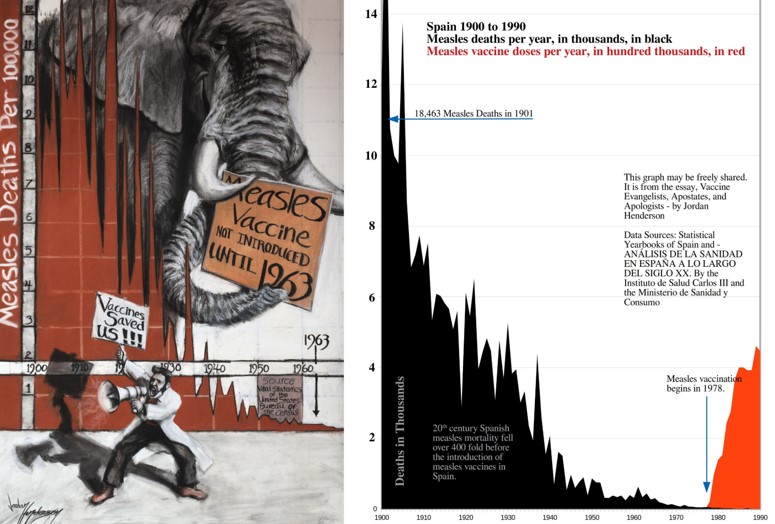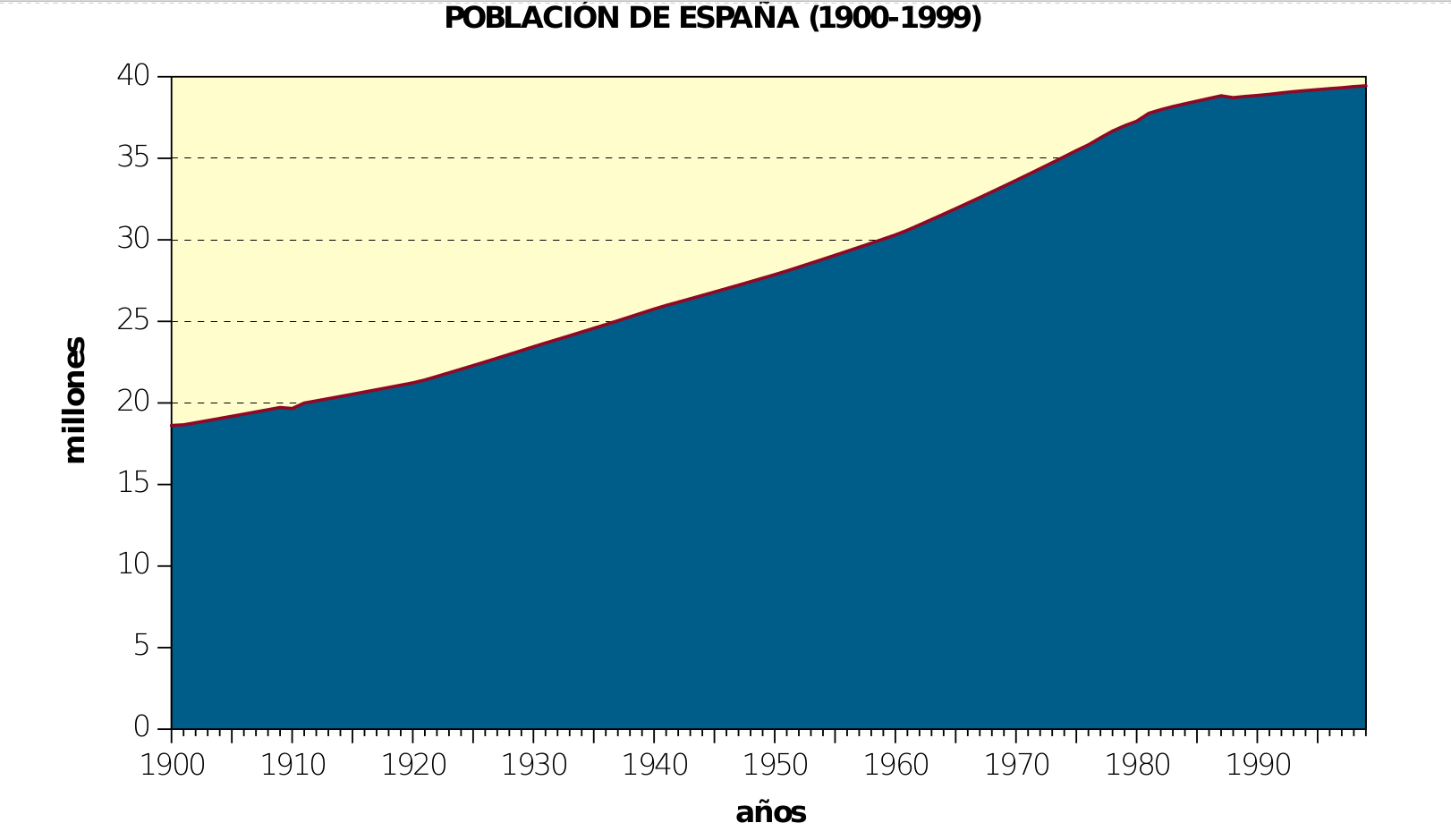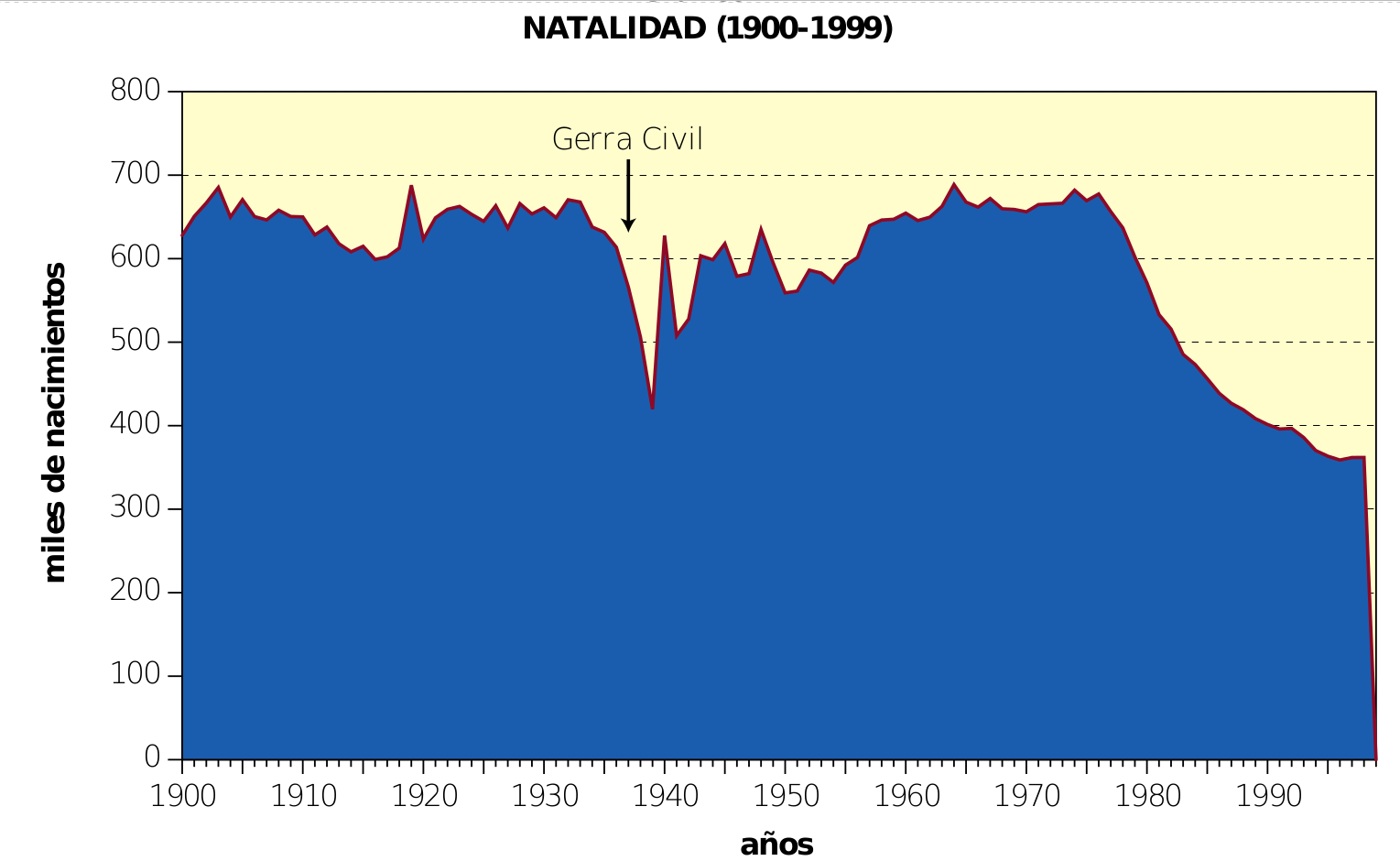by Jordan Henderson, Activist Post:

We’ve reviewed in this essay series historical infectious disease mortality, and the introduction (or lack thereof) of widespread vaccination for various diseases in England and Wales, in Australia, and in the USA (we reviewed this in Part 2: Apostasy).
We’ve seen how the historical data available for these countries directly contradicts the messages preached by the Vaccine Evangelists (we reviewed their preaching in Part 1: The Evangelists).
TRUTH LIVES on at https://sgtreport.tv/
We went on to explore the major differences between mortality and morbidity data, and we deconstructed our first case example of Vaccine Apologetics in Part 3: The Red Herring a Tour of the Motte.
Here in Part 4, we’ll broaden the picture even further and add another country to our analysis. We’ll look at historical infectious disease mortality for Spain.
~ End of Recap ~
Spain has national, detailed cause of death data from the year 1900 onward. As with the other countries we have looked at, a drastic plummet in deaths attributed to infectious disease occurs in Spain in the 20th century. For Spain too, we can see that clearly vaccines could not have been the primary reason, nor one of the primary reasons for this decline. The central misconception of the Doctrine of Salvation Through Vaccination* is preached in Spain just as it is almost everywhere else, yet it is just as untrue for Spain as it is for the English-speaking world.
For many of the major diseases, including the deadliest diseases in Spain during the 20th century, there was no vaccination. For many other diseases the vaccine came after almost all the decline in mortality had already occurred; only for a small portion of the diseases are the relevant vaccines introduced in Spain before the majority of the decline in mortality had yet to occur.
An interesting feature of the Spanish data is that many vaccines were introduced later in Spain then what they were in the English-speaking countries (especially compared to the USA and Australia which were early adopters of many vaccines). For example: routine whooping cough and diphtheria vaccination began in Spain in 1965; that’s around 17 years later than in the USA; measles vaccines were introduced in Spain in 1978; that’s 15 years later than when they were introduced in the USA. This means, as we will see, that an even greater portion of Spain’s 20th century reduction in mortality for certain infectious diseases occurred before widespread vaccination.
For those short on time feel free to scroll through this essay and peruse the many graphical layouts of the Spanish mortality data to take it in at a glance.
(* The central misconception of the Doctrine of Salvation Through Vaccination being:
The belief that vaccines played a primary role in causing the drastic decline in deaths attributed to infectious disease in general, and many major diseases in particular, that occurred in the late 19th and early 20th centuries, especially as this relates to the plummet in infant and child mortality rates; and also, the corollary belief that, these diseases would return with comparable devastation if we stopped vaccination against them.
See Part 1 of this essay series [The Evangelists] for extensive examples and documentation of Vaccine Evangelists promoting the central misconception of the Doctrine of Salvation Through Vaccination, as well as the second section of this essay installment)
Introductory Notes:
- Numbering of figures in this essay installment starts at Figure 26 as the last essay installment left off at Figure 25. Labeling of exhibits of Vaccine Evangelism starts at Exhibit M in this installment, as our first exhibition of Vaccine Evangelism in the Part 1: The Evangelists left off at Exhibit L.
- I previously stated that this fourth installment of this essay series would review mortality data across multiple countries in mainland Europe, but have decided to focus this installment on just one country, Spain, so that the analysis presented can be more methodical without being overly long (by covering more diseases in one country rather than fewer diseases across multiple countries).
Table of Contents for Part 4 – Spanish Death Data
- Putting the Spanish Data into Perspective
- Should we look at the data as the actual number of recorded deaths or as the death rate per 100,000 – what gives us a clearer picture for Spain? Plus population and yearly number of births over time for Spain.
- Infant Mortality Rate for Spain.
- The diseases ranked from most to least deadly for 20th century Spain.
- Vaccine Evangelism in Spain
- Whooping Cough Mortality and Vaccines in Spain – Exhibits M through P
- Child Mortality in Spain + a Lifespan Lecture – Exhibits Q through T.
- Graphical profile of 20th century mortality in Spain for individual diseases, and coverage of their respective vaccines or lack thereof
- Diarrhea and Enteritis
- Tuberculosis
- Pneumonia
- Bronchitis
- Meningitis
- Flu
- Measles
- Typhoid Fever
- Diphtheria
- Whooping Cough
- Scarlet Fever
1 – Putting the Spanish Data into Perspective
I want to provide the reader a big picture view of Spanish mortality and mortality data before we look at the details. These are some basic things I myself wanted to know in order to paint a bigger picture to provide context and perspective when viewing the mortality trends of the individual diseases.
Should we look at the data as the actual number of recorded deaths or as the death rate per 100,000 – what gives us a clearer picture for Spain? Plus, population and yearly number of births over time for Spain. (Nerd Warning! This is a fine point that matters to me, but might not to you; If this question you find dull, go ahead and skip ahead to the Infant Mortality Rate for Spain.)
For some of the Spanish data, source documents provide the data in two forms giving us the option of looking at it as the actual number of recorded deaths, or we can look at it as the rate of death per 100,000 living people.
In certain cases, the rate per 100,000 gives us a more accurate picture because the population of Spain more than doubled during the 19th century, from 18.6 million in 1900 to 39.4 million in 1999.
Figure 26

Figure 26 is a screenshot from page 36 of ANÁLISIS DE LA SANIDAD EN ESPAÑA A LO LARGO DEL SIGLO XX.
But in other cases, the rate of death per hundred thousand could distort the picture slightly, because while the population of Spain doubled in the 20th century, the number of children did not. The graph below, figure 27, shows us the number of births per year in Spain over the 20th century.
Figure 27

Figure 27 is also a screenshot from page 36 of ANÁLISIS DE LA SANIDAD EN ESPAÑA A LO LARGO DEL SIGLO XX.
From 1900 through the 1970s between 600,000 and 700,000 children were born in Spain each year (with the exception of the Spanish Civil War [1936-39] and the years immediately after it).
The rate of death per hundred thousand living would slightly distort the picture for diseases that primarily affected children because the growing adult population would dilute the death rate even though the number of children being born each year was holding relatively steady across an 80-year period.
So, for diseases that were primarily associated with child mortality, we will look at the actual number of recorded deaths per year over time.



